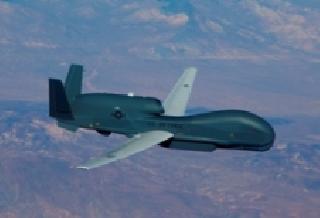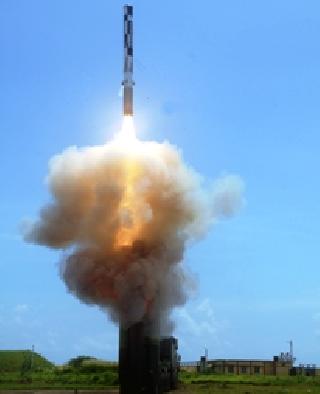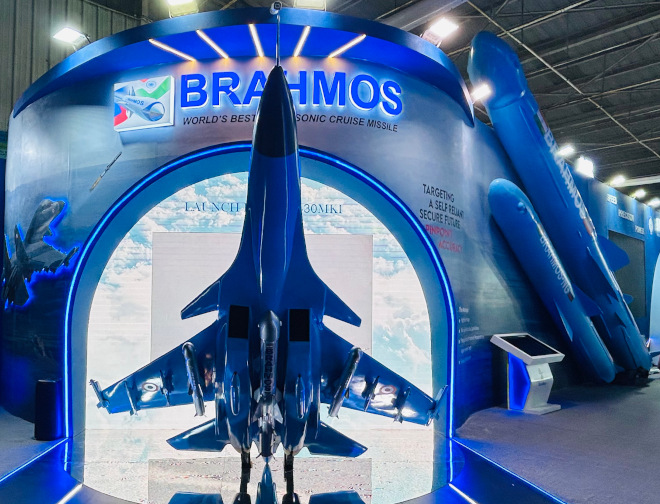
The Block 40 Global Hawk UAV. A Northrop photo
SAN DIEGO (BNS): Ahead of its scheduled first flight early next year, the Block 40 Global Hawk unmanned aerial vehicle of the US Air Force has received the Multi-Platform Radar Technology Insertion Programme (MP-RTIP) sensor from Northrop Grumman.
The MP-RTIP sensor, critical for the Block 40 variant of Global Hawk UAV, uses advanced technologies to detect multiple stopped, slow and fast-moving objects on the ground in all weather and day or night conditions.
This capability combined with the endurance of the Block 40 Global Hawk will provide the warfighter with more than 30 hours of greatly improved situational awareness and combat identification per mission, according to Northrop.
The UAV’s range, endurance and large payload capabilities are well suited to provide persistent surveillance with the MP-RTIP technology, it said.
Flying at altitudes up to 60,000 feet for more than 30 hours per sortie at speeds approaching 340 knots, the UAV will be able to persistently see through most types of weather, day or night using the new sensor.
The advanced sensor was delivered to the Edwards Air Force Base for integration on the US Air Force’s first Block 40 Global Hawk UAV.
The RQ-4 Global Hawk is a high-altitude, long-endurance (HALE) unmanned aerial reconnaissance system with an integrated sensor suite that provides intelligence, surveillance and reconnaissance, or ISR, capability worldwide.
The US Air Force plans to buy a total of 54 Global Hawks.
 Previous Article
Previous Article Next Article
Next Article










The Indian Air Force, in its flight trials evaluation report submitted before the Defence Ministry l..
view articleAn insight into the Medium Multi-Role Combat Aircraft competition...
view articleSky enthusiasts can now spot the International Space Station (ISS) commanded by Indian-American astr..
view article